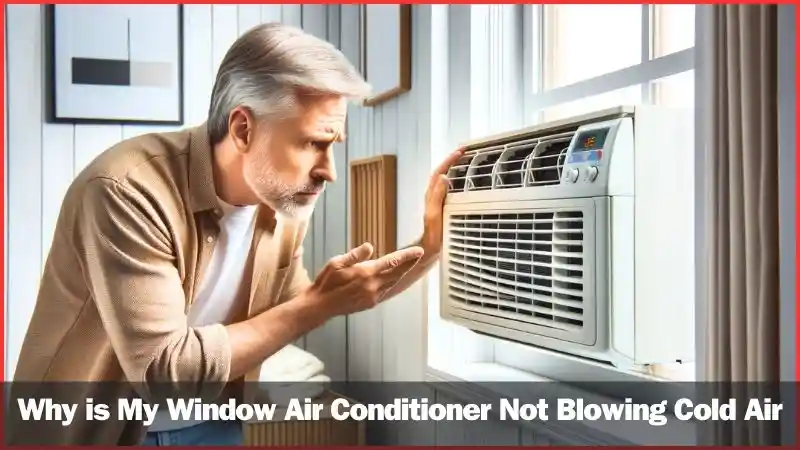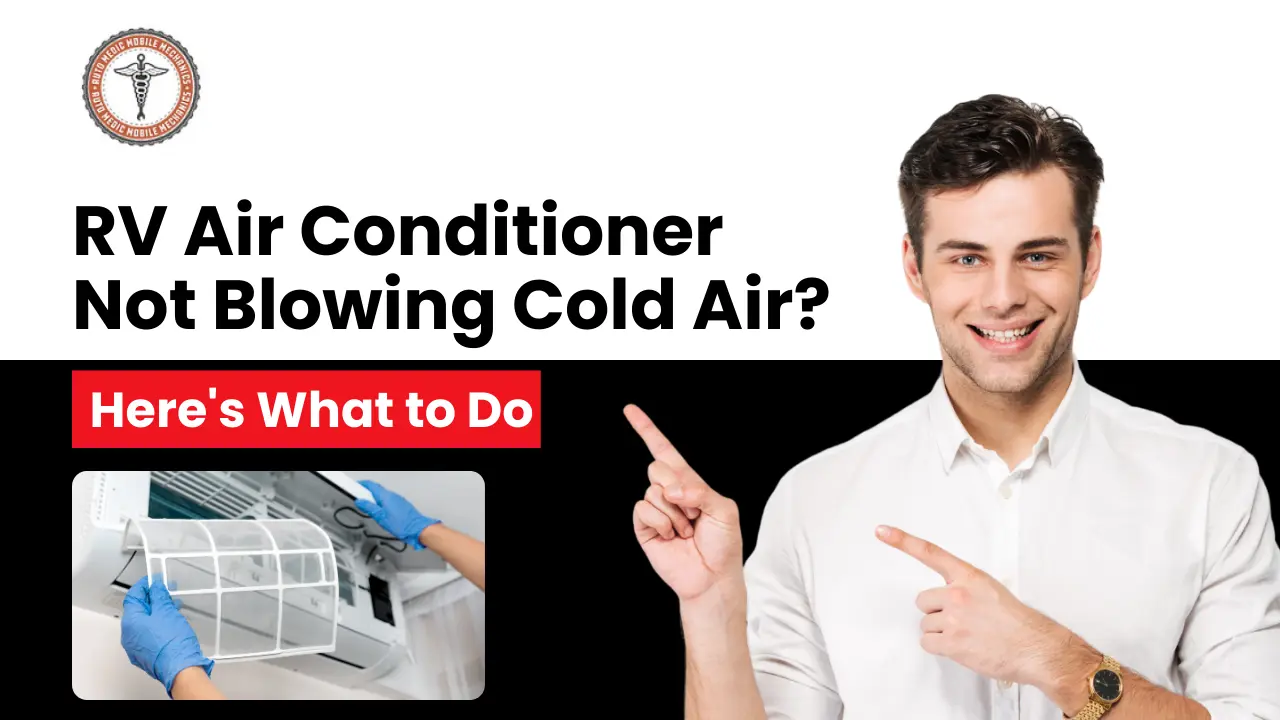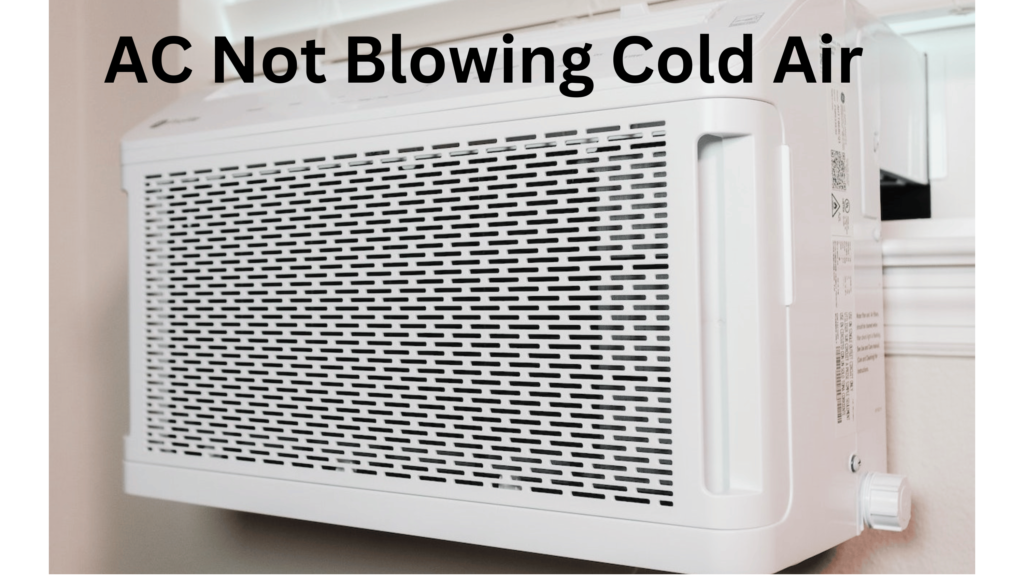Air Conditioner Not Blowing Out Cold Air

Is Your Air Conditioner Not Blowing Cold Air? A Guide to Troubleshooting & Saving Energy
During the sweltering summer months, a functioning air conditioner is more than just a comfort; it's a necessity. But what happens when you turn on your AC, and instead of that refreshing blast of cold air, you're met with lukewarm disappointment? Don't panic! This guide will walk you through common causes, troubleshooting steps, and how to maximize your AC's efficiency – saving you money and energy.
1. The Obvious Culprits: Start with the Basics
Before you call in a professional, rule out the simplest explanations. These are often the easiest and cheapest fixes.
- Thermostat Setting: Sounds simple, but double-check your thermostat! Ensure it's set to "Cool" and the temperature is significantly lower than the current room temperature. Smart thermostats can sometimes be accidentally overridden via app or voice control, so be sure to check the schedule.
- Air Filter: A dirty air filter restricts airflow, making your AC work harder and less efficiently. Energy Star recommends changing your air filter every 1-3 months, or more frequently if you have pets or allergies. A clogged filter can increase your energy consumption by 5-15%, leading to higher bills.
- Circuit Breaker: Check your electrical panel for a tripped breaker. Resetting it might solve the problem instantly. If the breaker trips repeatedly, it indicates a more serious electrical issue that requires professional attention.
- Outdoor Unit Obstruction: Ensure the outdoor condenser unit is free from obstructions like leaves, branches, or debris. Clear at least 2-3 feet of space around the unit for proper airflow.
2. Refrigerant Issues: Low Levels or Leaks
Refrigerant is the lifeblood of your AC, responsible for absorbing heat from your home and releasing it outside. Low refrigerant levels significantly reduce cooling capacity. Unfortunately, refrigerant doesn’t “run out” in a properly functioning system; low levels usually indicate a leak.
Signs of a Refrigerant Leak:
- Weak or no cooling.
- Ice buildup on the evaporator coil (indoor unit).
- Hissing or bubbling sounds near the AC unit.
- Higher-than-usual energy bills.
Important: Refrigerant handling requires EPA certification. Never attempt to add or remove refrigerant yourself. Contact a licensed HVAC technician to diagnose and repair any leaks. They will use specialized equipment to locate and seal the leak and then recharge the system with the correct amount of refrigerant.
3. Condenser Coil Problems: Dirty or Blocked
The condenser coil, located in the outdoor unit, releases the heat absorbed from your home. If this coil is dirty or blocked, it can't efficiently dissipate heat, resulting in reduced cooling performance.
Cleaning the Condenser Coil:
- Turn off the AC unit at the breaker.
- Remove any debris surrounding the unit.
- Use a garden hose with a gentle spray nozzle to rinse the coil fins from the inside out. Avoid using a pressure washer, as it can damage the delicate fins.
- Straighten any bent fins with a fin comb (available at most hardware stores).
Regular cleaning of the condenser coil can significantly improve your AC's efficiency and lifespan.
4. Evaporator Coil Issues: Frozen or Dirty
The evaporator coil, located inside your home (usually within the air handler), absorbs heat from the air. Like the condenser coil, a dirty evaporator coil hinders heat transfer. It can also freeze up, further restricting airflow.
Signs of a Frozen Evaporator Coil:
- Reduced airflow from vents.
- Visible ice buildup on the indoor unit.
- Water leaks around the indoor unit.
Troubleshooting a Frozen Evaporator Coil:
- Turn off the AC unit at the thermostat.
- Turn the fan to "On" to help melt the ice.
- Check and replace the air filter (a dirty filter is a common cause of freezing).
- Ensure vents are not blocked or closed.
- If the problem persists, call a professional.
Cleaning the evaporator coil is a more complex task and usually requires a professional HVAC technician. They have the tools and expertise to safely access and clean the coil without damaging the system.
5. Ductwork Problems: Leaks and Inefficient Design
Leaky ductwork can waste a significant amount of energy. According to the U.S. Department of Energy, duct leakage can account for up to 30% of energy loss in a typical home. That means you're paying to cool air that's escaping into your attic, crawl space, or walls.
Identifying Duct Leaks:
- Uneven temperatures in different rooms.
- High energy bills despite efficient equipment.
- Dust buildup around vents.
- Visible damage or gaps in ductwork (especially in attics or crawl spaces).
Sealing Ductwork:
For accessible ducts, you can seal leaks with mastic sealant or metal foil tape (not duct tape, which degrades over time). For inaccessible ducts, professional duct sealing services are available. They use specialized equipment to locate and seal leaks from the inside.
Beyond leaks, inefficient ductwork design can also impact cooling performance. Sharp bends, long runs, and undersized ducts can restrict airflow and reduce efficiency. A professional HVAC technician can assess your ductwork and recommend improvements.
6. Compressor Issues: The Heart of Your AC
The compressor is the heart of your AC system. It's responsible for compressing the refrigerant and circulating it throughout the system. A failing compressor can result in weak or no cooling.
Signs of a Compressor Problem:
- Loud or unusual noises from the outdoor unit.
- The unit struggles to start or frequently cycles on and off.
- No cooling despite other components functioning correctly.
Compressor problems are often complex and expensive to repair. In many cases, replacing the entire outdoor unit is a more cost-effective solution, especially if the unit is older than 10-15 years. Consider upgrading to a higher-efficiency model to save on energy costs in the long run.
7. Smart HVAC Integration: Optimizing Energy Efficiency
Integrating your HVAC system with smart home technology can significantly improve energy efficiency and comfort. Smart thermostats learn your schedule and preferences, automatically adjusting the temperature to save energy when you're away or asleep. They also provide detailed energy usage reports, allowing you to track your savings and identify areas for improvement.
Benefits of Smart HVAC Systems:
- Remote control via smartphone or tablet.
- Automated scheduling and temperature adjustments.
- Energy usage monitoring and reporting.
- Integration with other smart home devices (e.g., window sensors, smart blinds).
- Geofencing capabilities (automatically adjusts temperature based on your location).
Beyond thermostats, smart sensors can be used to monitor temperature and humidity levels in different rooms, allowing for zoned cooling. This ensures that you're only cooling the areas you're using, further reducing energy waste.
8. Preventative Maintenance: The Key to Long-Term Efficiency
Regular preventative maintenance is crucial for ensuring your AC system operates efficiently and reliably for years to come. Schedule annual maintenance appointments with a qualified HVAC technician to inspect, clean, and tune up your system.
What's Included in a Typical Maintenance Check:
- Inspect and clean coils.
- Check refrigerant levels.
- Inspect and tighten electrical connections.
- Lubricate moving parts.
- Test the blower motor and fan.
- Inspect ductwork for leaks.
- Calibrate the thermostat.
Investing in preventative maintenance can save you money in the long run by preventing costly repairs, extending the lifespan of your equipment, and maximizing energy efficiency.
9. Energy Star and Rebates: Incentives for Efficiency
When it's time to replace your AC system, consider choosing an Energy Star certified model. These units meet strict energy efficiency guidelines and can save you significant money on your energy bills. Look for models with a high SEER (Seasonal Energy Efficiency Ratio) and EER (Energy Efficiency Ratio) rating. The higher the rating, the more efficient the unit.
Many utility companies and government agencies offer rebates and tax credits for purchasing energy-efficient HVAC equipment. Check with your local utility company and the Energy Star website to see what incentives are available in your area. These rebates can significantly reduce the upfront cost of upgrading to a more efficient system.
Conclusion: Don't Sweat It – Stay Cool & Save Money
A properly functioning air conditioner is essential for comfort and energy savings. By understanding the common causes of cooling problems and following these troubleshooting steps, you can often resolve minor issues yourself. Remember to prioritize preventative maintenance and consider upgrading to a more efficient system when the time comes. With a little effort, you can keep your home cool and comfortable while saving money on your energy bills. And when in doubt, always consult with a qualified HVAC professional.










